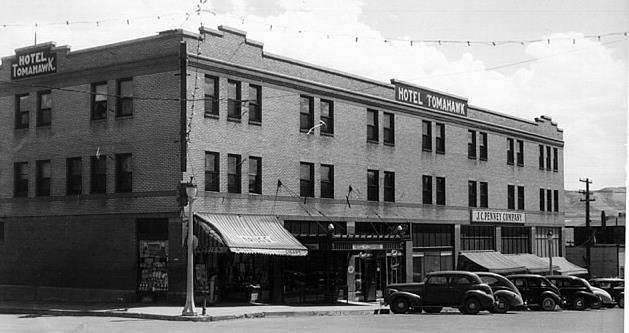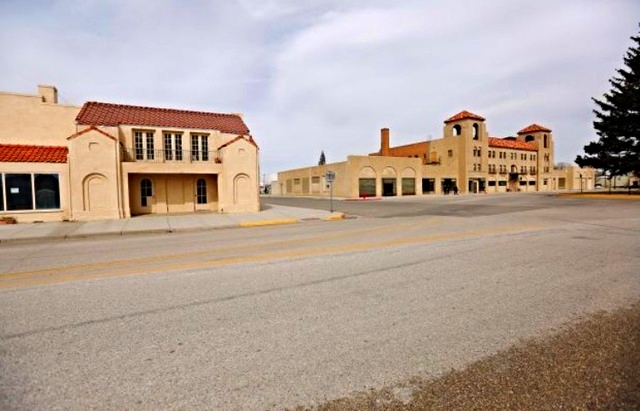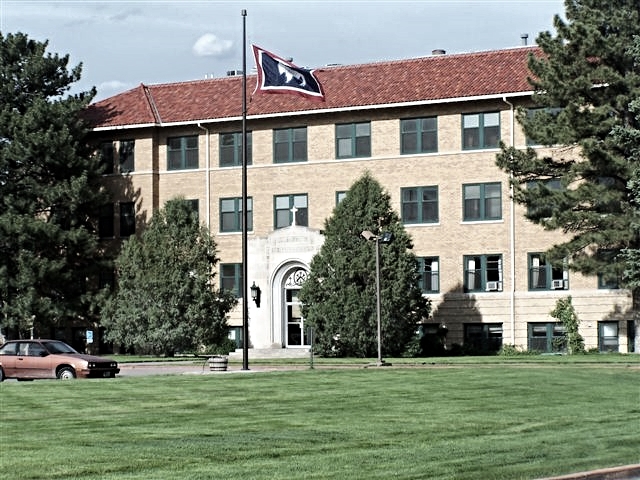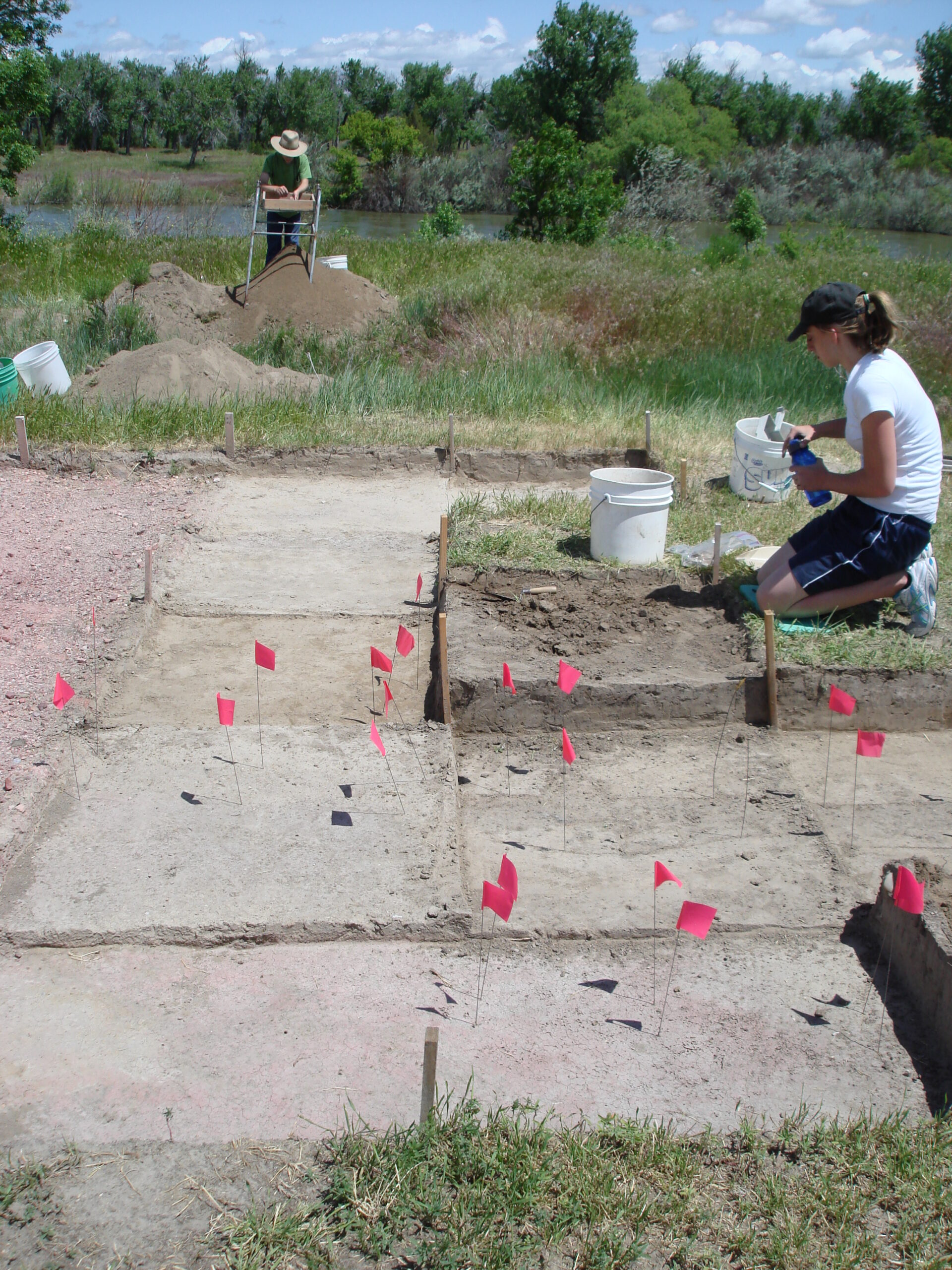The Lincoln Highway didn’t only offer spectacular views of the beautiful countryside across America. It also offered some pretty nice accommodations. The Hotel Tomahawk in Green River was as glamorous as any hotel in its time, and it has continued to serve the population of Green River in various ways over its lifetime.





















